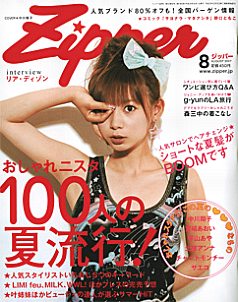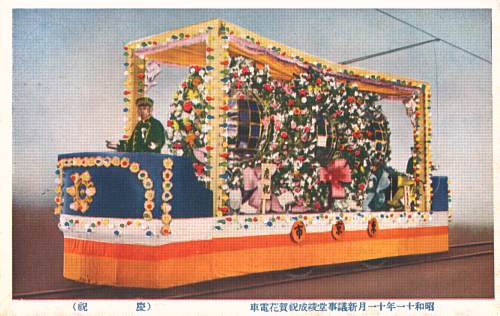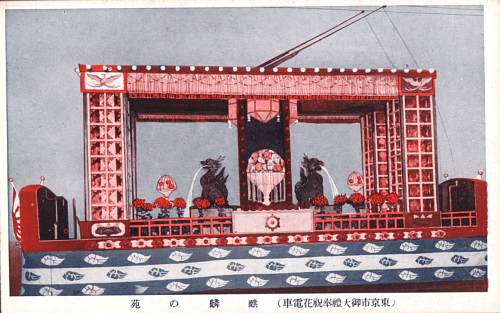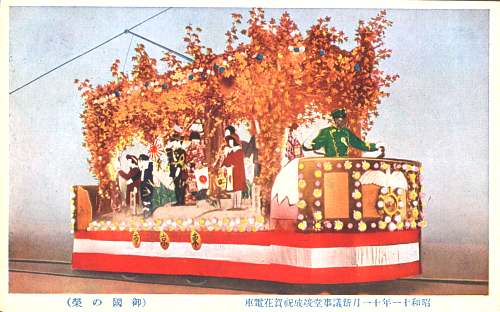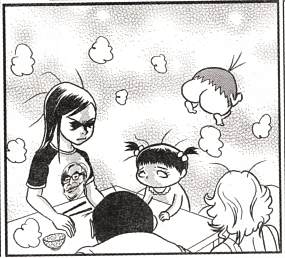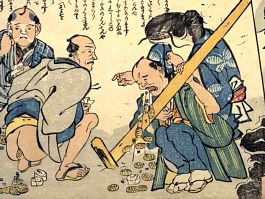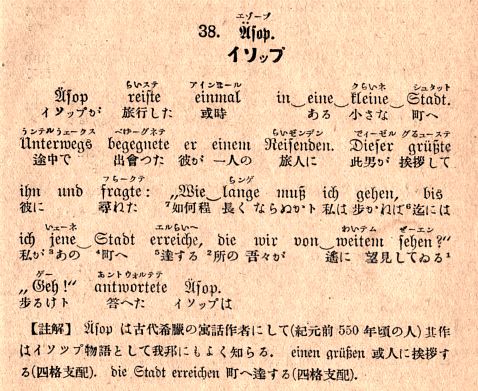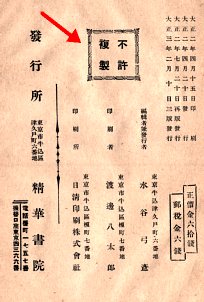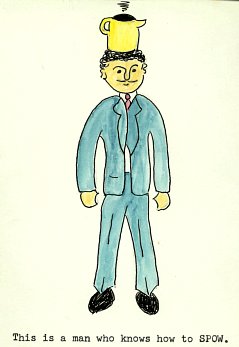Friday linkdump: Sadism, pornography, and fashion
Links to things of interest. Maybe I'll do this once a fortnight or so.
Simpsons manga. Interesting, but disappointing. The decision to avoid Simpsonian gags in favor of tired old "bad translation" ones is baffling. (I did like Krusty's cameo, though.) Via ¡Journalista!
Excerpts from the 1937 moviefication of Ozaki Kōyō's Konjiki yasha (金色夜叉, "The Golden Demon") on YouTube. This book was one of the two or three biggest-selling novels of the Meiji period, best remembered today for its frontispiece by Takeuchi Keishū depicting the shocking climax of Volume 1 ('"So, you still plan to marry him, then? After everything I've said? Cheating bitch! Whore!" -- So shouting, Kan'ichi raised his foot high and kicked Miya's delicate back. She fell to the ground and rolled onto her side...') Sculpture, kamikiri, kokeshi... Burned on the culture, friends.
Speaking of the Meiji period: English translation of Shōsetsu shinsui (小説神髄: "Essence of the novel") by Tsubouchi Shōyō (坪内逍遥).
In Japan the novel has traditionally been seen as an instrument of education. It has often been asserted that its primary object is to encourage virtue and condemn vice. In reality, however, the only really popular stories are those which are sadistic or pornographic. Very few people even so much as glance at more serious offerings. Novelists lack self-respect. They are slaves to public opinion and puppets of fashion, falling over themselves to pander to the tastes of the times with erotic love stories and bloodthirsty period pieces, always following the latest fashion. Yet even so, they find it difficult to abandon the outward appearance of moralizing. In their determined attempts to accommodate it, they present a distorted view of human nature, misrepresent social conditions, and devise illogical plots. ... I myself have been fond of novels since my youth.
Moving back to modern times... Tokyo Street Sketches: Trend-Hunting Field Notes (東京ストリートスケッチ-流行採集フィールドノート-). Fashion sketch blog, with daily updates. See also artist Mari's earlier fashion ukiyo-e.
And finally, something to think about.
![[No-sword]](http://no-sword.jp/images/site/no-sword_banner.jpg)
